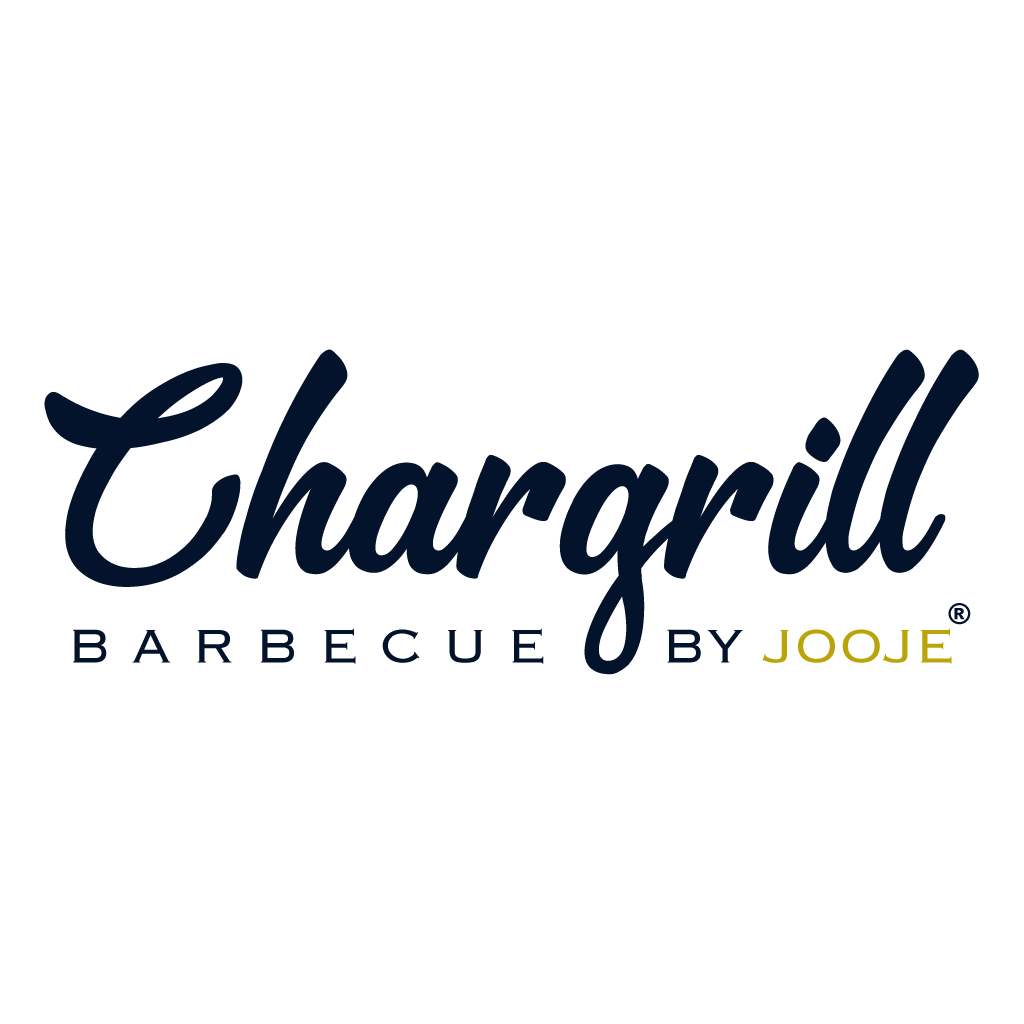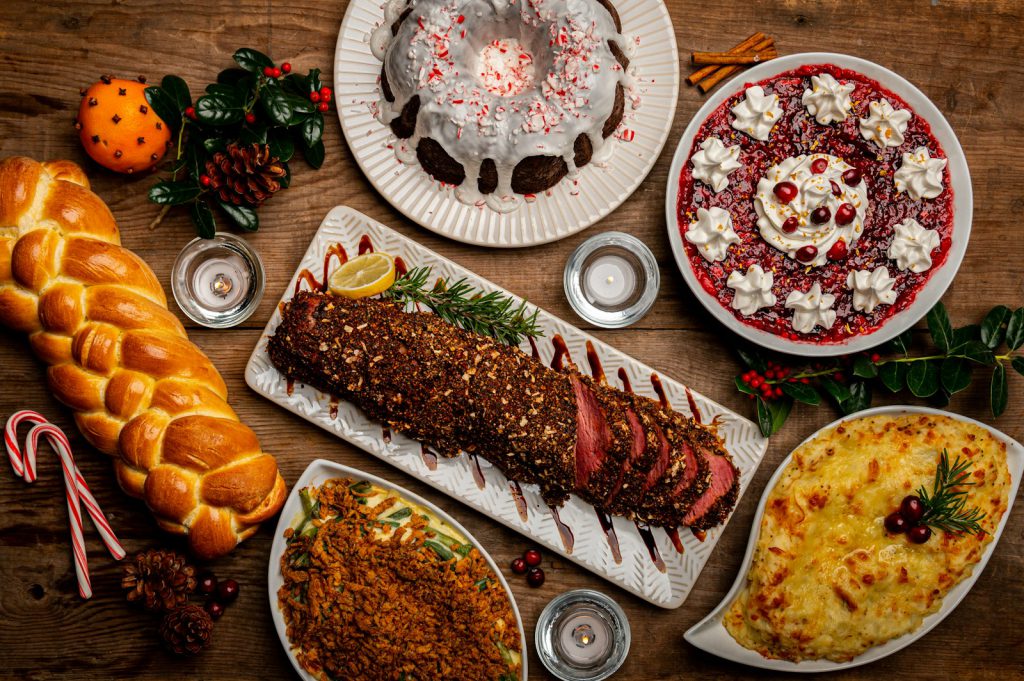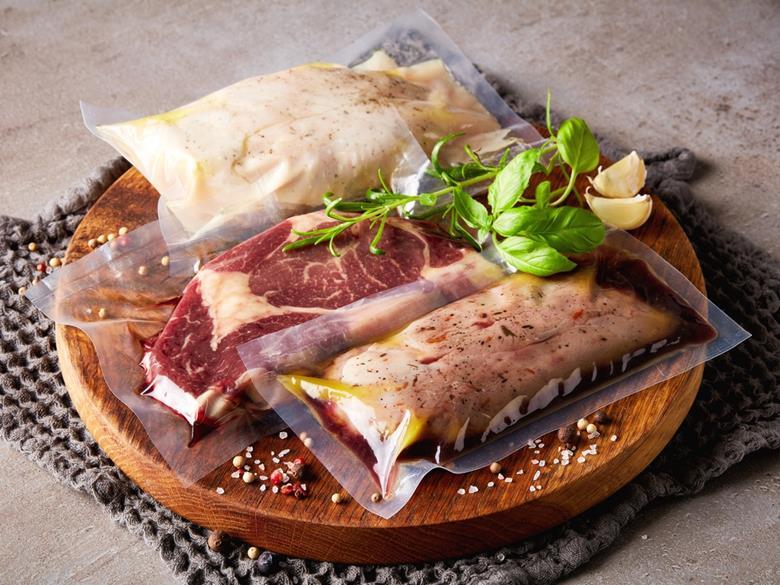When using Vacuum-packing, best prepared meal delivery services pay attention to shelf Life and Quality matters as vacuum-sealing, is a preservation method that removes air from the packaging before sealing it. This technique significantly extends the shelf life of food by minimizing the presence of oxygen, which slows down the growth of bacteria and mold. The process involves placing food in a plastic bag, removing the air, and sealing it. This method ensures that the food remains fresh, flavorful, and nutritious for an extended period.
How Vacuum-Packing Works
Vacuum-packing, also known as vacuum-sealing, is a method of packaging that removes air from the package before sealing. This process involves several steps and uses specialized equipment designed to create an airtight environment that significantly extends the shelf life of food and preserves its quality. Here’s a detailed look at how vacuum-packing works:
The Vacuum-Sealing Process
- Preparation:
- Choosing the Right Packaging: The first step is selecting the appropriate vacuum-seal bags or rolls. These are specially designed to be impermeable to air and moisture, ensuring a tight seal.
- Food Preparation: Foods should be cleaned, dried, and portioned appropriately before vacuum sealing. For liquids or moist foods, it’s recommended to pre-freeze them to avoid them being sucked into the vacuum sealer.
- Sealing:
- Placing the Food in the Bag: The food is placed inside the vacuum-seal bag, ensuring there is enough room at the top for sealing. It’s important not to overfill the bags as this can prevent a proper seal.
- Vacuum Machine Setup: The open end of the bag is placed into the vacuum sealer. The machine then removes the air from the bag. This is typically done by the machine creating a vacuum, which evacuates the air from the bag.
- Sealing: Once the air is removed, the machine seals the bag by applying heat to melt the plastic and create an airtight seal. This heat seal ensures that no air can re-enter the bag, maintaining the vacuum state.
- Double Sealing (Optional):
- For added security, especially with liquids or items that may puncture the bag, a second seal can be made. This provides an extra layer of protection against leaks.

Equipment Used in Vacuum-Packing
- Vacuum Sealers: These come in various types, including external vacuum sealers and chamber vacuum sealers. External vacuum sealers are more common for home use, while chamber vacuum sealers are typically used in commercial settings. Chamber sealers remove air from the entire chamber, allowing for a more thorough vacuum and the ability to seal liquids more effectively.
- Vacuum-Seal Bags/Rolls: These are made from multi-layered materials designed to be durable and resistant to punctures and air infiltration. They often have textured surfaces to facilitate the removal of air.
Advantages of Vacuum-Sealing
- Extended Shelf Life: By removing air, vacuum-sealing slows down the oxidation process and the growth of aerobic bacteria and fungi, which are primary causes of food spoilage.
- Preservation of Nutritional Value: Nutrients are better preserved as the vacuum environment slows down the degradation process, keeping vitamins and minerals intact for longer periods.
- Flavor Retention: Vacuum-sealing helps maintain the original flavor and moisture of the food by preventing evaporation and dehydration.
- Space Efficiency: Vacuum-sealed packages take up less space in the refrigerator or freezer, allowing for more efficient storage.
Applications of Vacuum-Sealing
- Meats and Seafood: Vacuum-sealing is widely used for meats and seafood to prevent freezer burn and extend shelf life. It’s particularly beneficial for expensive cuts of meat and fish, preserving their quality until they are ready to be cooked.
- Dry Goods: Items like rice, pasta, and beans can be vacuum-sealed to protect against pests and extend their shelf life significantly.
- Prepared Meals: Ready-to-eat meals can be vacuum-sealed to maintain freshness and flavor, providing a convenient solution for quick, nutritious meals.
- Cheeses and Dairy: Vacuum-sealing cheeses helps prevent mold growth and extends their usable life, making it ideal for both soft and hard cheeses.
By understanding how vacuum-packing works and utilizing the right techniques and equipment, you can significantly extend the shelf life of your foods while preserving their quality and nutritional value. This method not only saves money and reduces waste but also ensures that you always have fresh, flavorful food ready to enjoy.
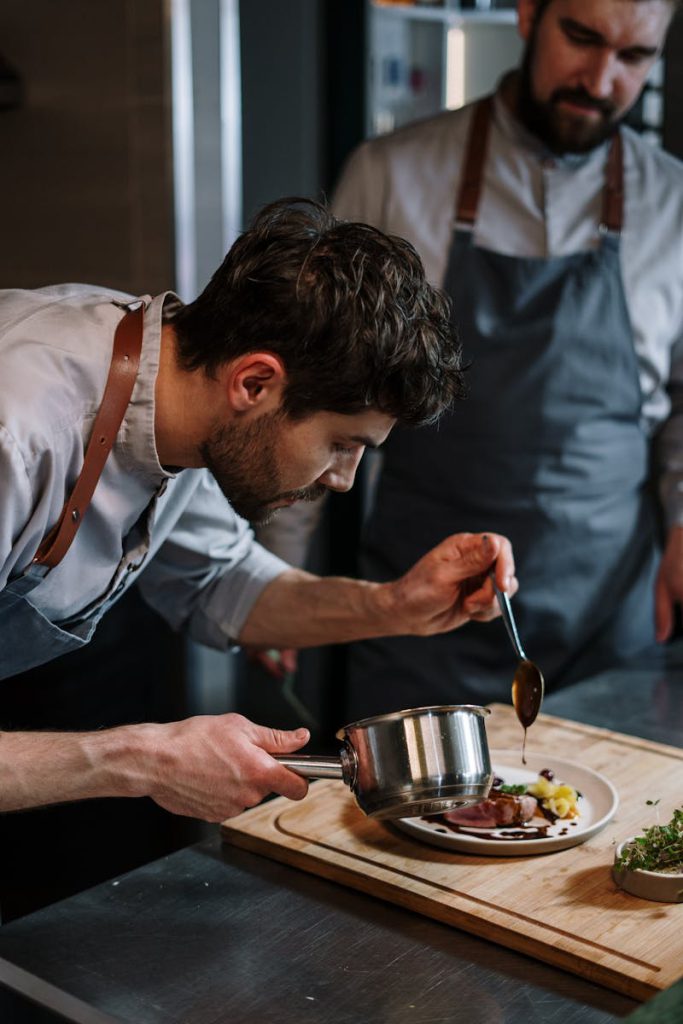
Benefits of Vacuum-Packing
Vacuum-packing is widely used in the food industry for various types of foods, including meats, cheeses, vegetables, and prepared meals. The primary goal is to extend shelf life and maintain quality by creating an environment that is inhospitable to spoilage organisms. This method is particularly beneficial for ready-to-eat meals, as it allows consumers to enjoy convenient, high-quality food without the immediate need for refrigeration or freezing.
Vacuum-packing offers numerous benefits that make it an ideal choice for preserving ready-to-eat meals. Some of the key advantages include:
- Extended Shelf Life: Vacuum-sealed foods can last 2-3 times longer than those stored in conventional methods. This is particularly important for ready-to-eat meals, which benefit from the extended freshness.
- Preservation of Nutritional Value: Nutrients are preserved as the vacuum environment slows down the degradation process. This ensures that the meals retain their nutritional benefits over time.
- Prevention of Freezer Burn: Vacuum-sealing protects food from the dehydrating effects of freezer burn, which can ruin the texture and taste of frozen foods.
- Enhanced Flavor: By preventing oxidation, vacuum-sealing helps maintain the original flavor of the food, making meals taste as fresh as the day they were prepared.
Shelf Life of Different Foods
The shelf life of vacuum-sealed foods varies depending on the type of food and storage conditions. Here are some examples:
- Dry Foods: Pasta, rice, and beans can last up to 2-3 years when vacuum-sealed and stored in a pantry. This is because these foods have low moisture content, making them less susceptible to spoilage.
- Meat: Raw meat can last up to 2-3 years in the freezer and up to 2 weeks in the refrigerator when vacuum-sealed. This extended shelf life is due to the reduction in oxygen, which slows down the growth of spoilage bacteria.
- Cheese: Soft cheeses can last up to 4 months, and hard cheeses up to 6 months in the refrigerator when vacuum-sealed. This helps maintain their freshness and prevents mold growth.
- Vegetables: Fresh vegetables can be vacuum-sealed and stored in the freezer for up to 2-3 years, while in the refrigerator, they can last several weeks. This method helps retain their nutrients and flavor.
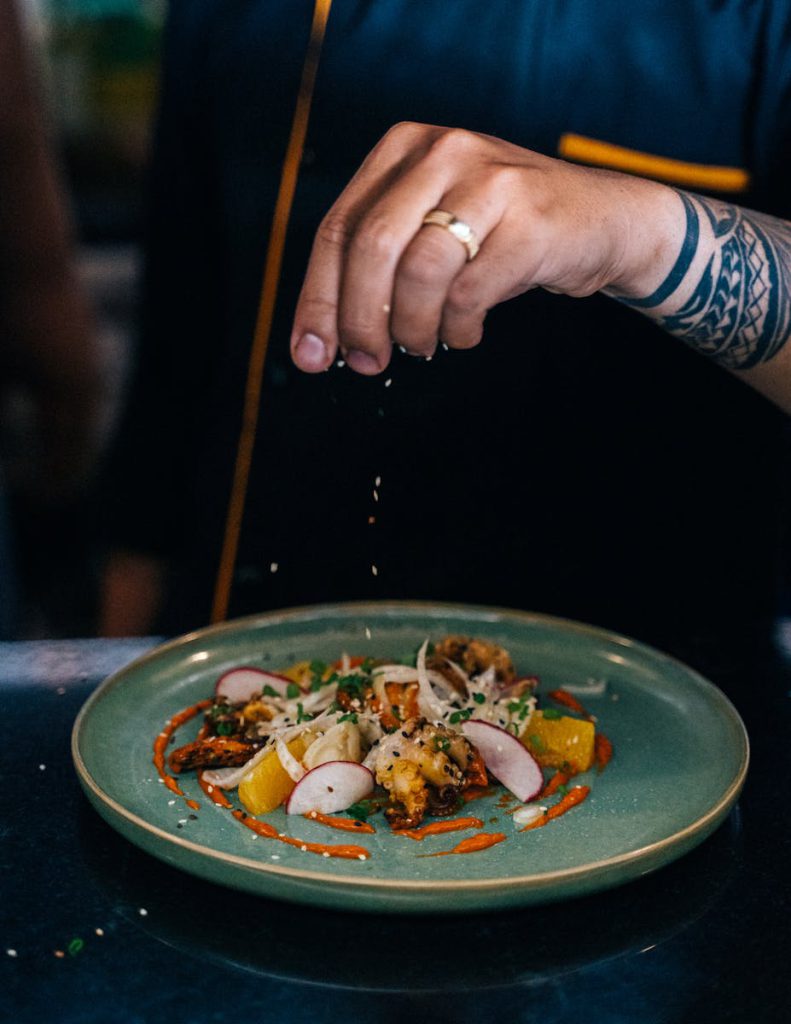
Quality and Flavor
Vacuum-sealing preserves the original flavor and texture of food by preventing the oxidation process that can degrade taste and quality. For instance, vacuum-sealed meats retain their juiciness and tenderness longer compared to those stored in regular packaging. The absence of air slows down the spoilage process, keeping the food fresh and flavorful.
The flavor of vacuum-sealed meals is also enhanced by the sealing process, which locks in the natural juices and seasonings. This results in a more intense and satisfying taste experience. Additionally, vacuum-sealing prevents the transfer of flavors between different foods, ensuring that each meal maintains its unique taste.
Proper Storage Techniques
To maximize the shelf life and quality of your vacuum-sealed meals, it is essential to follow proper storage techniques:
- Store in a Cool, Dry Place: Heat and moisture can shorten the shelf life of vacuum-sealed foods. Storing them in a cool, dry place away from direct sunlight helps maintain their quality.
- Label Your Packages: Include the date of sealing and contents to keep track of storage times. This helps you use the oldest items first and ensures that you consume them within their optimal shelf life.
- Check for Spoilage: Always inspect the food for any signs of spoilage before consumption. Look for changes in color, texture, or smell, which may indicate that the food has gone bad.
Examples and Recipes
Here are some delicious recipes that can be vacuum-sealed and stored for later use:
Spaghetti Bolognese
Ingredients:
- 500g ground beef
- 1 onion, chopped
- 2 cloves garlic, minced
- 800g tomato sauce
- 400g spaghetti
- 2 tbsp olive oil
- Salt, pepper, and herbs to taste
Preparation:
- Sauté onions and garlic in olive oil until translucent.
- Add ground beef and cook until browned.
- Stir in tomato sauce and herbs, and simmer for 30 minutes.
- Cook spaghetti according to package instructions.
- Combine spaghetti with sauce, cool, and vacuum-seal.
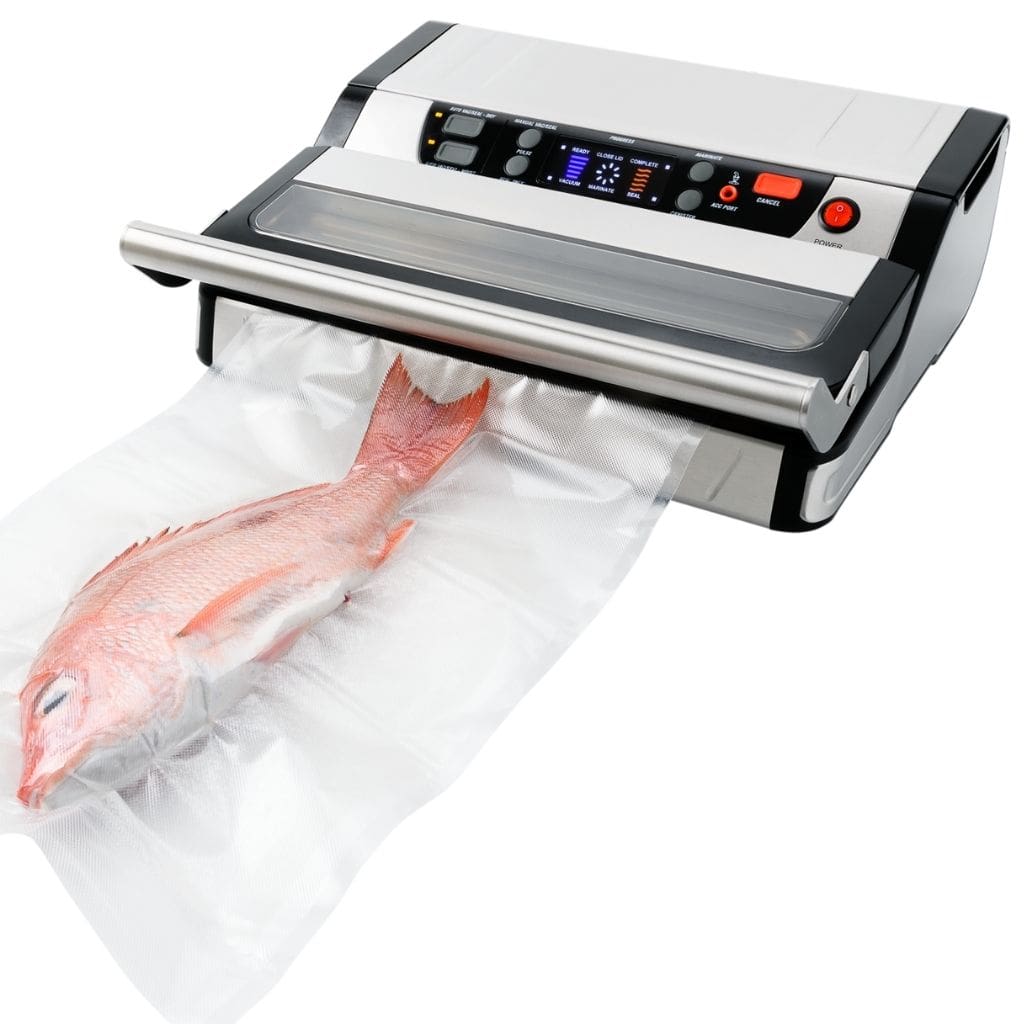
Vacuum-Packing Technology
The effectiveness of vacuum-packing depends on the quality of the vacuum-sealing machine and the bags used. High-quality machines ensure a tight seal, while durable bags prevent air from leaking back in. Investing in a good vacuum sealer and using appropriate bags can make a significant difference in the shelf life and quality of your vacuum-sealed meals.
Modern vacuum-sealing machines come with various features, such as adjustable sealing settings and built-in bag cutters, which make the process easier and more efficient. Some machines also offer options for sealing delicate foods without crushing them, ensuring that even fragile items like fruits and baked goods can be vacuum-sealed successfully.
Environmental Impact
Using vacuum-sealed packaging can reduce food waste by preserving food for longer periods. Additionally, it can save space in your refrigerator or freezer, making it an eco-friendly storage solution. By extending the shelf life of food, vacuum-sealing helps minimize the amount of food that gets thrown away, contributing to a more sustainable lifestyle.
Furthermore, vacuum-sealing allows you to buy food in bulk and portion it out for future use, reducing the need for frequent shopping trips and decreasing the overall carbon footprint associated with food transportation and storage.
Consumer Tips
Here are some tips for getting the most out of your vacuum-sealed meals:
- Buy in Bulk: Purchase bulk foods and vacuum-seal them in portions to save money and reduce waste. This is particularly useful for items like meats, grains, and vegetables.
- Meal Prep: Vacuum-sealing allows for easy meal prep, ensuring you always have fresh meals ready to eat. Prepare and seal meals in advance, so you can enjoy home-cooked food even on the busiest days.
- Use Quality Bags: Invest in high-quality vacuum-seal bags that are durable and designed to prevent air from leaking back in. This ensures that your food stays fresh for as long as possible.
- Freeze Before Sealing: For liquids and moist foods, pre-freeze them before vacuum-sealing to prevent them from being sucked into the vacuum sealer. This helps create a better seal and extends the shelf life of the food.
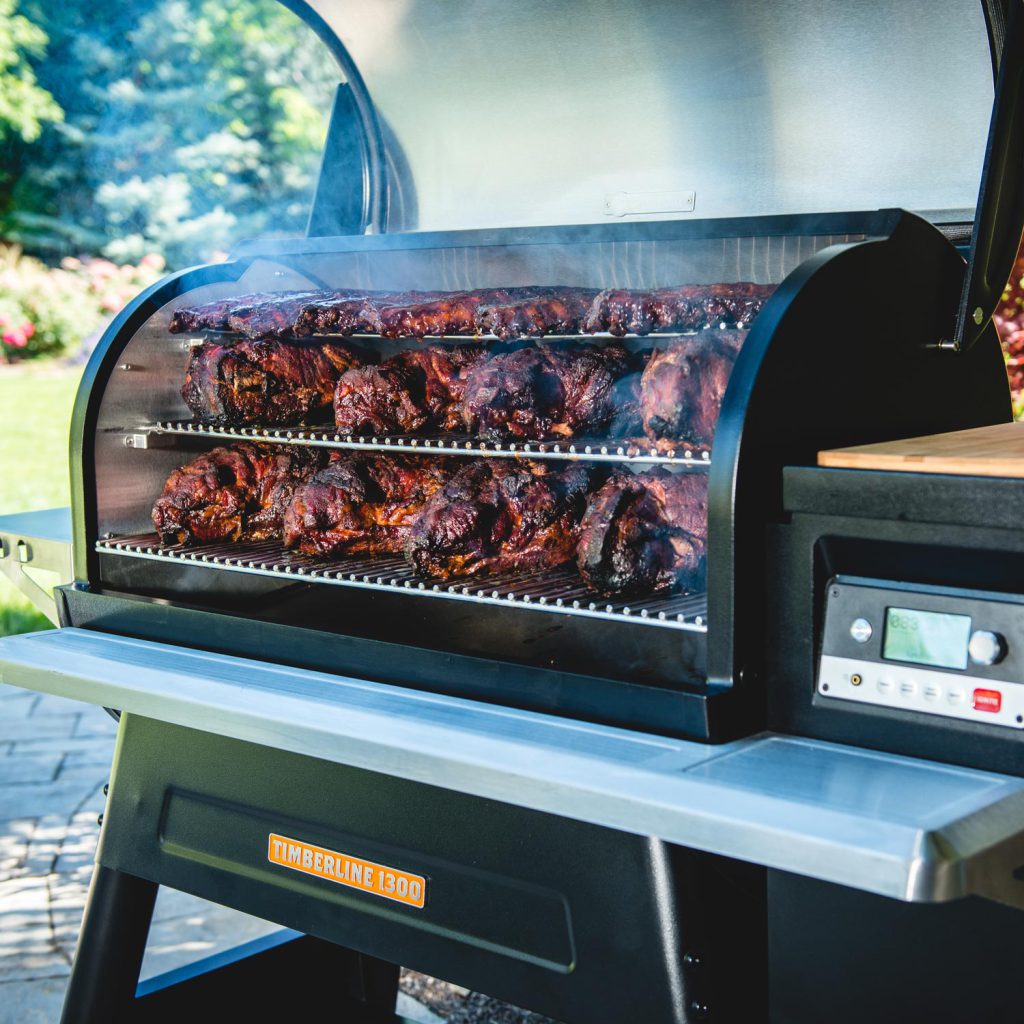
How to Bring Cooked BBQ to the Right Temperature Before Packing and Vacuum Sealing
When preparing cooked BBQ for vacuum packing, it is crucial to ensure the food is brought to the correct temperature to prevent bacterial growth and ensure food safety. Following the guidelines set by health and government agencies will help you achieve this.
Proper Cooking Temperatures
To safely vacuum-seal cooked BBQ, it’s essential to first ensure that the meat has been cooked to the appropriate internal temperature. According to the USDA and the FDA, the following minimum internal temperatures should be reached:
- Beef, Pork, Veal, and Lamb (steaks, chops, roasts): 145°F (63°C) with a rest time of at least 3 minutes.
- Ground meats (beef, pork, veal, lamb): 160°F (71°C).
- Poultry (whole or ground): 165°F (74°C).
- Fish and Shellfish: 145°F (63°C) or until the flesh is opaque and separates easily with a fork.
These temperatures ensure that harmful bacteria are killed, making the meat safe to eat and store (Washington State Department of Health).
Cooling Down Safely
After cooking, the BBQ should be cooled down safely before vacuum-sealing. Rapid cooling minimizes the time the meat spends in the “danger zone” (40°F to 140°F), where bacteria can multiply rapidly. The FDA recommends the following steps for cooling:
- Immediate Refrigeration: Place the cooked BBQ in shallow containers and refrigerate immediately after cooking. This allows the food to cool quickly and evenly.
- Avoid Room Temperature: Do not let cooked BBQ sit out at room temperature for more than 2 hours (or 1 hour if the ambient temperature is above 90°F) (FDA) .
- Use Ice Baths: For faster cooling, use an ice bath. Submerge the shallow containers of BBQ in an ice bath, ensuring the water level is below the rim to avoid contamination.
Preparing for Vacuum Sealing
Once the BBQ has cooled to a safe temperature (below 40°F or 4°C), it is ready for vacuum-sealing:
- Portion the Meat: Cut the BBQ into portions that are appropriate for your needs. This will make it easier to seal and store.
- Use Proper Bags: Place the portions into vacuum-seal bags. Ensure the bags are clean and appropriate for vacuum sealing.
- Vacuum Seal: Use a vacuum sealer to remove air from the bags and create an airtight seal. This prevents oxidation and extends the shelf life of the BBQ.
Storage
After vacuum-sealing, store the BBQ properly:
- Refrigeration: If you plan to consume the BBQ within a week, keep it refrigerated at 40°F or below.
- Freezing: For longer storage, freeze the vacuum-sealed BBQ. Properly sealed, it can last up to 2-3 years in the freezer without significant loss of quality .
Reheating
When you’re ready to eat the BBQ, reheat it to an internal temperature of 165°F (74°C) to ensure it is safe to consume. This step is crucial as it eliminates any bacteria that might have grown during storage. To ensure the safety and quality of your cooked BBQ before vacuum sealing, it’s essential to follow proper temperature guidelines. According to the USDA and Australian food safety authorities, these steps help prevent bacterial growth and maintain food safety:
- Cook to Safe Internal Temperatures: Ensure meats reach the recommended internal temperatures: poultry should be cooked to 165°F (74°C), ground meats to 160°F (71°C), and whole cuts of beef, pork, lamb, and veal to 145°F (63°C) with a rest time of 3 minutes (USDA FSIS) (NSW Food Authority).
- Immediate Cooling: After cooking, cool the BBQ quickly to prevent it from staying in the “danger zone” (40°F to 140°F or 5°C to 60°C) where bacteria multiply rapidly. Use shallow containers and place them in the refrigerator immediately. The NSW Food Authority advises that cooling should be done within two hours to below 21°C and then within four hours to below 5°C (Food Standards Australia New Zealand)
- Avoid Cross-Contamination: Use separate utensils and plates for raw and cooked meats to prevent cross-contamination. Wash hands thoroughly and frequently during the preparation process (FDA) (Trusted Health Advice).
- Refrigerate Promptly: Once the BBQ is cooled, store it in the refrigerator if you plan to consume it within a few days, or freeze it for longer storage. Vacuum-sealed BBQ can last up to 2-3 years in the freezer without significant loss of quality (Health WA).
Following these steps ensures your cooked BBQ remains safe and delicious for future meals, whether you refrigerate it for short-term use or freeze it for long-term storage.
How long can vacuum-sealed meals last?
Answer: Depending on the type of food and storage conditions, vacuum-sealed meals can last from several months to a few years. For example, vacuum-sealed meats can last up to 3 years in the freezer.
Can vacuum-sealed foods be stored at room temperature?
Some vacuum-sealed foods, such as dry goods and certain canned foods, can be stored at room temperature. Others, like meats and dairy, require refrigeration or freezing to maintain their quality and safety.
How do I know if a vacuum-sealed meal has gone bad?
Check for signs of spoilage such as off smells, discoloration, or the presence of mold. If in doubt, it’s safer to discard the food to avoid the risk of foodborne illness.
What are the best foods to vacuum-seal?
Foods that benefit most from vacuum-sealing include meats, cheeses, dry goods, and prepared meals. These items have a longer shelf life and maintain their quality when vacuum-sealed.
Can I vacuum-seal liquids?
Yes, but it’s best to pre-freeze liquids like soups and sauces before vacuum-sealing to prevent them from being sucked into the vacuum sealer. This creates a better seal and extends the shelf life of the liquids.
Does vacuum-sealing affect the nutritional value of food?
Vacuum-sealing helps preserve the nutritional value by slowing down the oxidation process. This ensures that the food retains its vitamins, minerals, and other nutrients over time.
How should I store vacuum-sealed foods?
Store vacuum-sealed foods in a cool, dry place away from direct sunlight. For longer shelf life, refrigeration or freezing is recommended. Label the packages with contents and dates to keep track of storage times.
